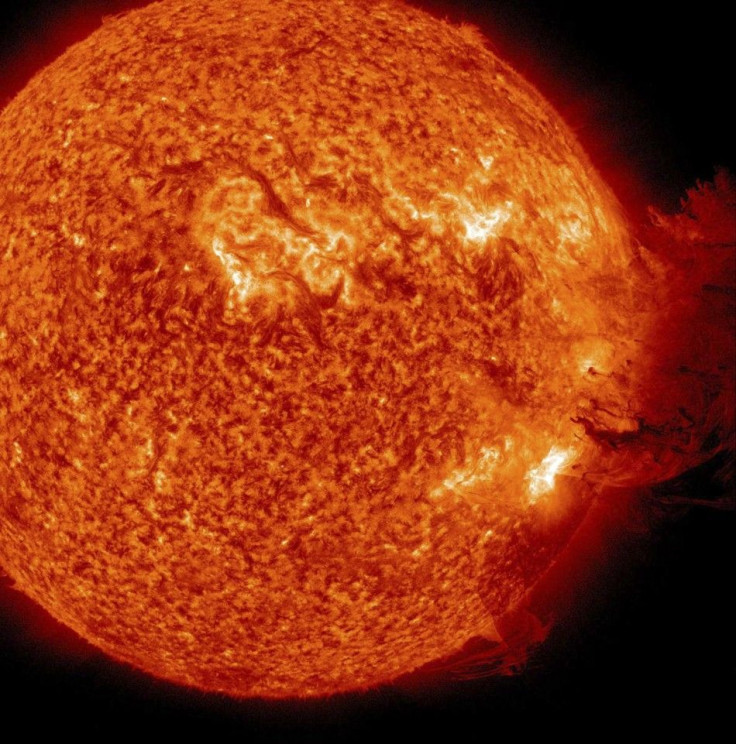Destructive Space Super Storms May Occur More Often Than We Thought

KEY POINTS
- A new study revealed how frequently super solar storms can occur
- Super solar storms can cause severe power interruptions and disrupt satellite operations
- Researchers discovered that super solar storms can occur every 25 years
A new study warned solar storms that are powerful enough to cause global blackouts and take out GPS signals and satellites could occur more frequently than previously thought. The authors of the study came to this conclusion after identifying the periods when super solar storms occur.
The findings of the researchers were presented in a new study published on the Geophysical Research Letters. They carried out their research by using Earth’s magnetic field records to identify solar storms that occurred over the last 150 years.
According to the researchers, in the span of 150 years, 42 severe magnetic storms were recorded. This type of solar storm can last for a few days and can cause disruptions to modern technological devices. Super solar storms, on the other hand, which happened six times in the last 150 years, are those that can trigger blackouts in different parts of the world. This kind of space weather can also affect the operations of satellites and disrupt GPS signals, which can severely affect navigation.
“These super-storms are rare events but estimating their chance of occurrence is an important part of planning the level of mitigation needed to protect critical national infrastructure,” lead researcher Sandra Chapman of the University of Warwick’s Center for Fusion, Space and Astrophysics said in a press release.
Through their findings, the researchers theorized that super solar storms occur at an average of 25 years. To put this data into perspective, the researchers noted that in 2012, Earth almost got hit by a massive coronal mass ejection from the Sun. If this collided with Earth, it would have resulted in a super solar storm.
Before this incident, Earth got hit by a super solar storm in 1989. Due to the orientation of Earth and the angle of the solar emission, the province of Quebec in Canada was widely affected by the event. According to reports, the solar storm caused major blackouts in the region.
The study’s co-author Richard Horne of the British Antarctic Survey noted that the findings indicate that super solar storms can happen more frequently than previously thought.
“Our research shows that a super-storm can happen more often than we thought,” he stated. “Don't be misled by the stats, it can happen any time, we simply don't know when and right now we can't predict when.”
© Copyright IBTimes 2025. All rights reserved.





















